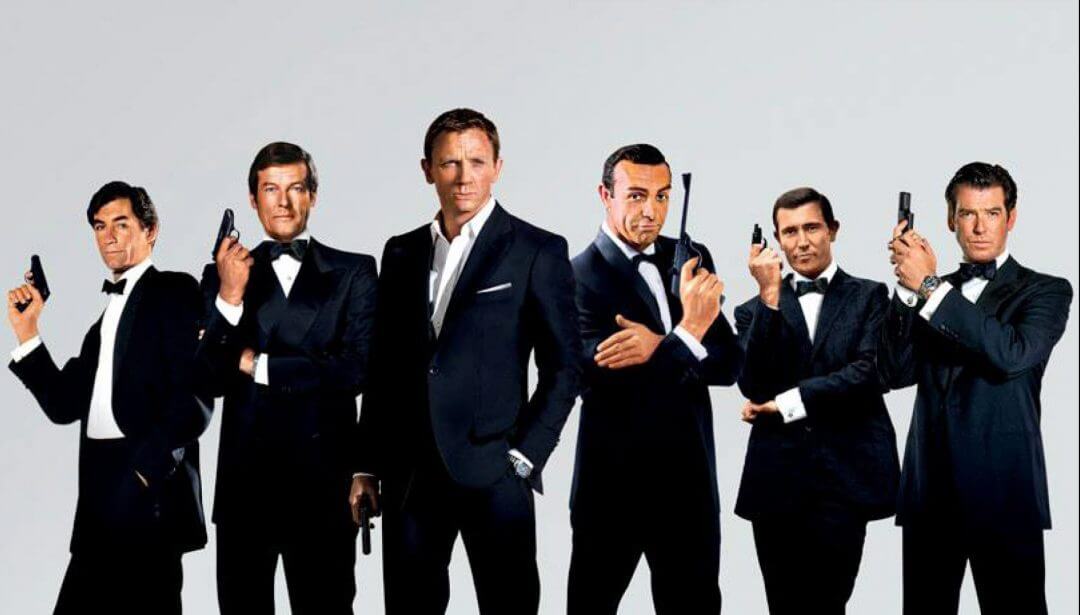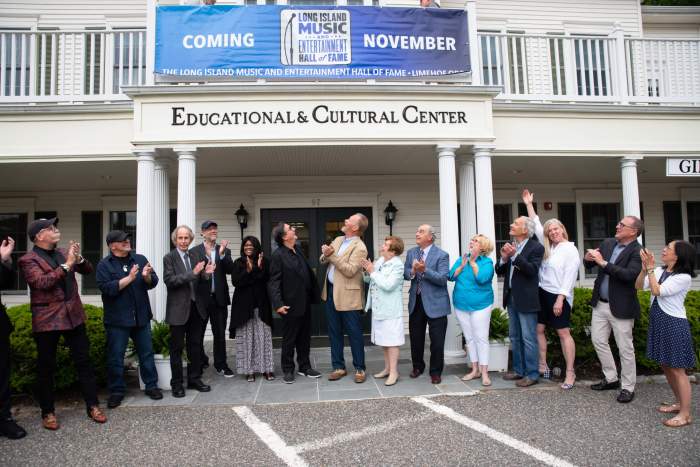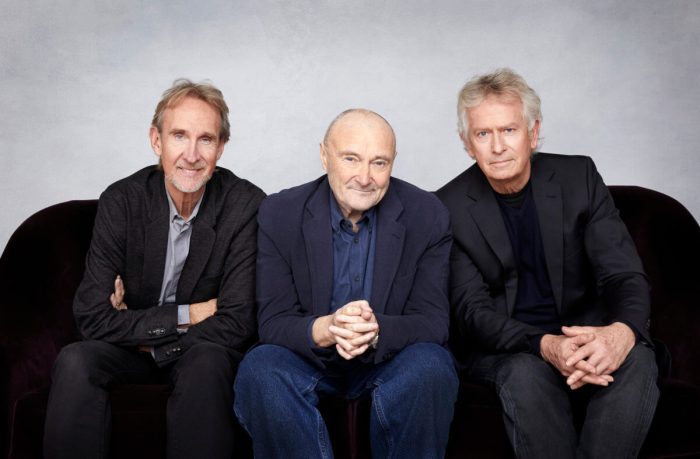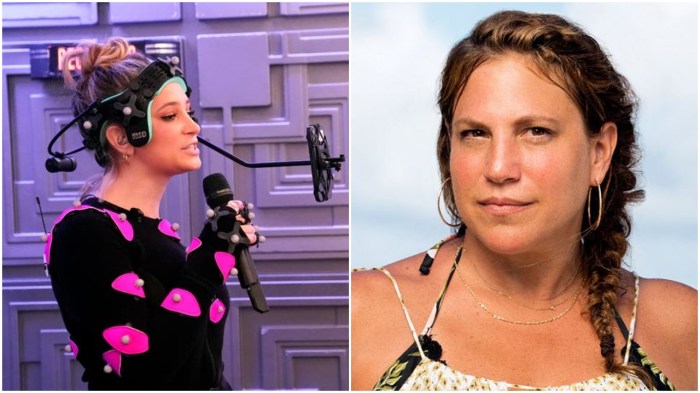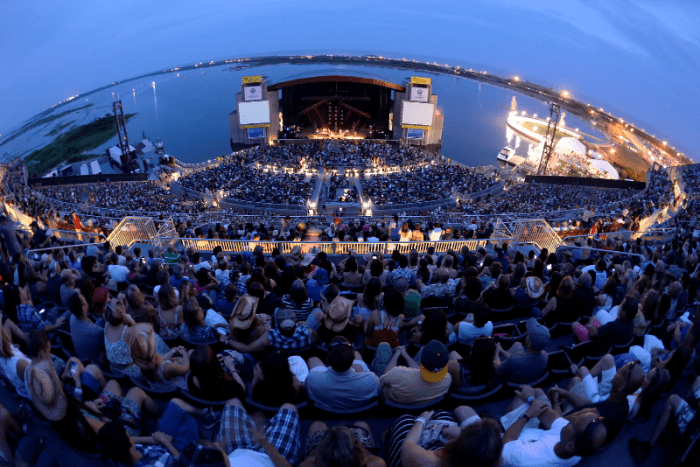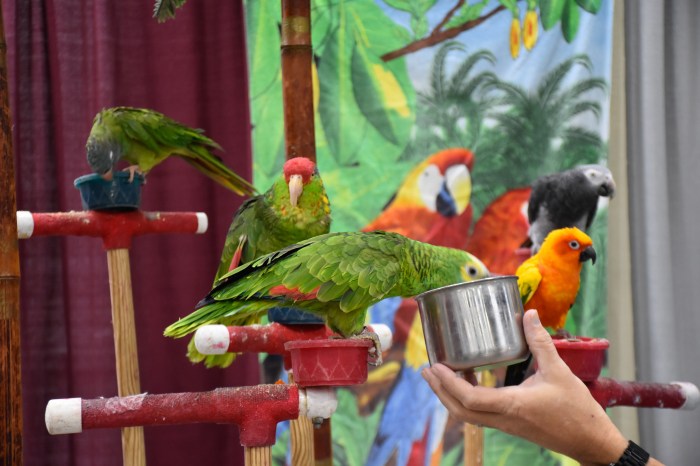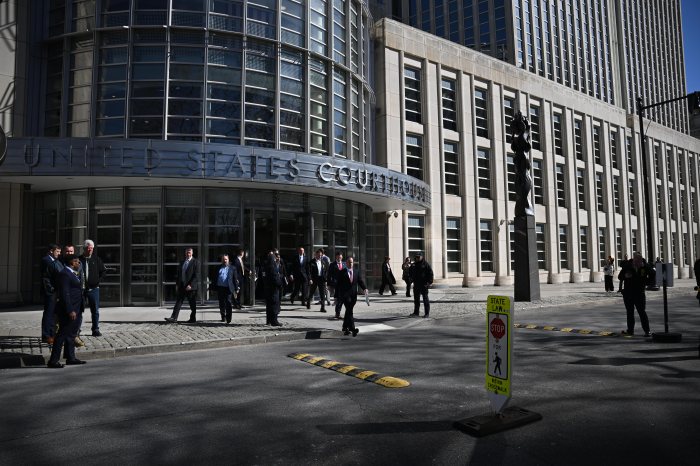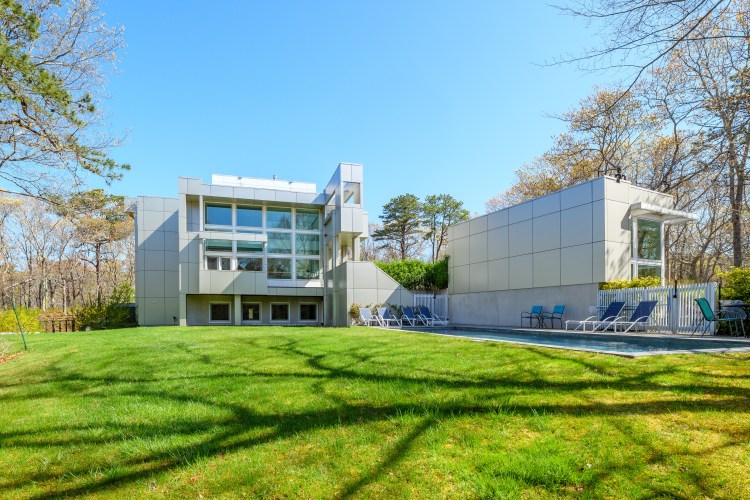Every January, people make resolutions to embark on uncharted ventures. Take, for instance, the search by Hollywood producers for a star to portray the ever-popular James Bond in the action film franchise. Who will play the suave spy?
Gossip is flying around about possible choices, but as Esquire Magazine speculated, “Who knows. You might as well get the ouija board out to ask the spirit of Cubby Broccoli what he reckons.” The magazine is referring to the late Albert “Cubby” Broccoli, the man who produced 17 Bond films.
What audiences may not know is that before Broccoli embarked on his 007 ventures, which would become one of the longest continually running film series in cinema history, he toiled in the fields of his family’s Long Island farm, which grew — you guessed it — broccoli.
AMERICAN DREAMERS
The cruciferous vegetable’s history is as elusive as the search for the next Bond. Some historians write that broccoli was created by crossing cauliflower seeds with pea seeds, while others say that it was created by cauliflower crossed with rabe. It reportedly originated in the eastern Mediterranean; was grown in Italy, then in England, where it was called “Italian asparagus;” then in America, in the 1700s. Not so, says The New York Times, which reported that Albert Broccoli claimed the first broccoli seeds were brought to the U.S. by his uncle later, in the 1870s, then given the family name.
Nearly 40 years later, Albert Romolo Broccoli was born in April 1909 in Astoria, Queens, to parents who had emigrated from southern Italy’s Calabria region. His mother was a cook and housekeeper and his father worked as a civil engineer in construction until their son was in high school, when they bought a Long Island farm on Moriches Road in Smithtown. By then his cousin, Pat DiCicco, had nicknamed him “Cubby,” after a comic strip character called “Abe Kabibble.“
The teenager dropped out of high school to work at the farm full time, selling vegetables in the summer and hawking Christmas trees in the winter. The family was described as very poor; in those days, the government didn’t subsidize farmers, so they lived through “sad days and hard days,” as Broccoli’s wife Dana commented in the book Some Kind of Hero, by Matthew Field and Ajay Chowdhury.
But Broccoli had ambition: As his daughter Barbara Broccoli tells it, in 1927, as the teenager tended the crop, he spotted the Spirit of St. Louis flying overhead as pilot Charles Lindbergh started his solo Atlantic flight — and waved to Broccoli below. The future producer, a big Lindbergh fan, told himself, “Believe in yourself, aim at the big horizon,” she told The Independent.
At 18, Broccoli switched gears and took a job as an assistant pharmacist and later as a salesman/manager at the Long Island Casket and Box Company in Long Island City. He had no idea that several decades later, he would cross paths repeatedly with a figure who would also work at a casket company, a future actor who polished and bleached coffins and even slept in them when he was homeless.
A MAILROOM MOVIE MOGUL
Talk about being in the right place at the right time: A trip to visit his cousin, who had become a Hollywood actors’ agent, gave the Long Islander a taste of a future in film in the early 1930s. He was introduced to such movie legends as Cary Grant, who would become Broccoli’s neighbor and best man at his wedding.
Broccoli stayed in Tinsel Town, keeping afloat by selling hairnets, cosmetics, and jewelry, according to The New York Times, and working in 20th Century Fox’s mailroom. Jim Murray described Broccoli’s life in Hollywood in the Los Angeles Times: “He became the ultimate man about town who knew every headwaiter and studio gate guard in the community. He partied on Errol Flynn’s yacht and double-dated with Howard Hughes.” Hughes also hired Broccoli as a gofer on Hughes’ 1943 film The Outlaw.
Later, Broccoli became a theatrical agent representing Lana Turner and Ava Gardner. People said he had high standards and drive and was tough; they also said that he treated his cast and crew like family.
In 1951 the chutzpah-fueled agent founded Warwick Studios in London and produced movies such as a Cold War horror film and exotic adventures starring Victor Mature. A decade later, he partnered with co-producer Harry Saltzman who, in 1961, had secured the feature film rights from novelist Ian Fleming about a sophisticated super spy.
They hit a brick wall when trying to secure financing: As The New York Times reported, “The character was thought to be too sexually aggressive and too British for American audiences.” United Artists finally said yes.
In 1962, Dr. No was released, starring Sean Connery, who, like Broccoli, had worked for a coffin company. Broccoli told The New York Times why Connery got the part: “It was the sheer self‐confidence he exuded.… He walked like the most arrogant son of a gun you’ve ever seen.”
In 1976, Broccoli and Saltzman dissolved their partnership, and Broccoli continued producing Bond films. Seven different actors played Bond.
Dr. No’s budget in 1962 was $900,000; No Time to Die’s budget in 2019 was$301 million. It took in $774.2 million at the box office.
Reflecting on her father’s accomplishments, Broccoli’s daughter told The Independent, “He was someone who believed that he was very, very lucky. He had grown up on a farm during the Depression.”
In 1996, Broccoli died at home of a heart ailment, at age 87.



